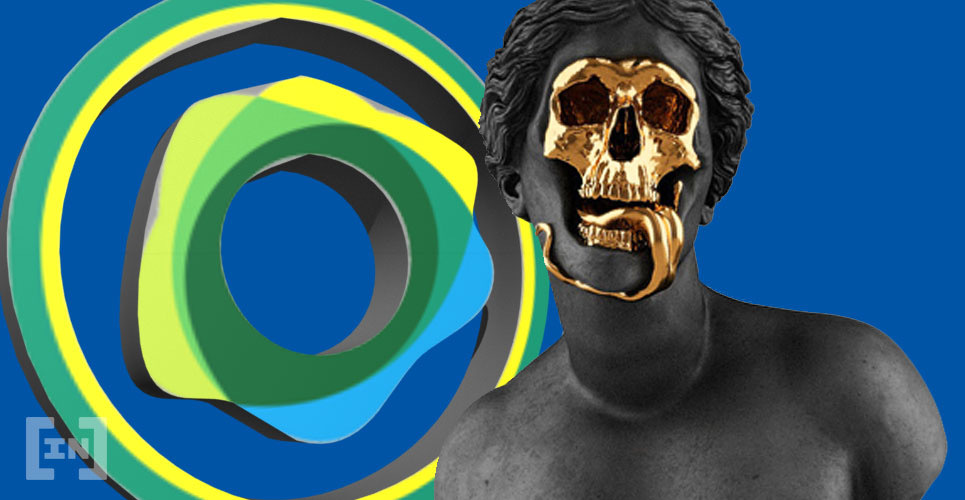Paxos Reveals USDP and BUSD Reserves Challenges Other Stablecoins

Paxos Trust became the first stablecoin issuer to reveal the composition of its reserves for Binance USD (BUSD) and the Pax Dollar (USDP).
The disclosure, down to the unique identification number of Treasury bills, while refreshing for the industry, is unlikely to slow calls for stablecoin regulation.
The collapse of the TerraUSD stablecoin in May refocused attention on the $153 billion stablecoin industry. TerraUSD was not backed by reserves but maintained its peg through an arbitrage mechanism linked to its sister token Luna, which ultimately failed.
The collapse of TerraUSD wiped billions off the broader cryptocurrency market, and regulators fear that stablecoins without sufficient reserve-backing are prone to bank runs.
Vice-chair of the Federal Reserve Lael Brainard emphasized in a speech the importance of stablecoins being redeemable for fiat currency on demand and pointed to the massive outflow from Tether in May as evidence that stablecoins need to comply with prudential regulations to prevent runs.
Until now, regulators were engaged in an uphill battle with stablecoin issuers, which have been proven reluctant to disclose the composition of their reserves.
Paxos Trust, the backer of the Pax Dollar and Binance USD, is looking to change this. CEO Charles Cascarilla, in a statement, advocated for greater transparency as the path to widespread adoption and trust in the asset class. He claimed that the Pax Dollar had been the safest stablecoin backed by the U.S. dollar.
Paxos reserve composition for USDP and BUSD
The issuer of the Pax dollar revealed in a report the unique identification of each treasury bill and bond held in its reserve, as well as the institutions holding its reserves. The report also revealed the composition of reserves for the Pax Dollar, with a market cap of $861 million, and Binance USD, with a market cap of $18 billion. The composition of USDP reserves is approximately $300 million apiece of Treasury bonds and bills and around $200 million worth of cash deposits.
Binance USD reserves consist of $10 billion in Treasury bills, $6 billion in Treasury bonds, and roughly $730 million in cash deposits.
Where other stablecoin issuers are
Tether, the company behind the eponymous stablecoin, has historically been cagey about the backing of its currency and has gotten into trouble with U.S. regulators for misrepresenting the composition of its reserves.
Be[In]Crypto reported almost three weeks ago that Tether would undergo an audit by a top 12 accounting firm based in the Cayman Islands called MHA. Previously, MHA provided attestations or snapshots of the company’s financials on specific dates.
Tether CTO Paolo Ardoino said at the time that having the audit done by a top 12 firm was sufficient, adding that the big four firms KPMG, PWC, EY, and Deloitte are reluctant to provide full-scale audits in a fluid regulatory environment.
Circle Internet Financial, which issues one of the top three stablecoins USDC, told Barron’s that the company is committed to greater transparency.
Disclaimer
All the information contained on our website is published in good faith and for general information purposes only. Any action the reader takes upon the information found on our website is strictly at their own risk.


